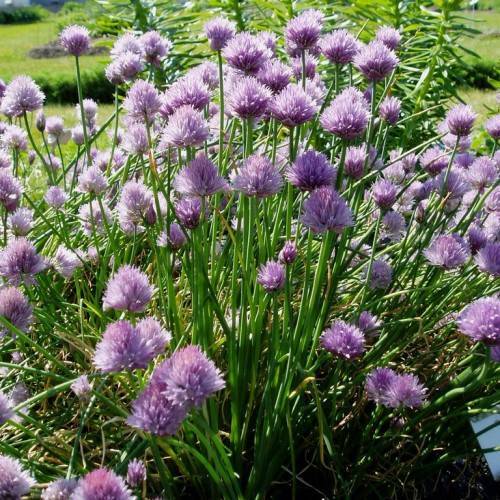
Field Garlic
Allium oleraceum
Also Known As - Wild Onion,Wild GarlicWatering:
Minimal
Hardiness Zone:
Sun:
full sun,part shade
Leaf:
Yes
Growth Rate:
Low
Drought Tolerant:
Yes
Salt Tolerant:
Yes
Invasive:
Yes
Care Level:
Medium
watering
Canada Garlic should be watered deeply once a week with 1-2 inches of water. It is best to water at the same time each week, which should be adjusted according to the amount of rainfall and temperature. In hot climates, additional water can be supplied during the summer months. To properly water, ensure that the water soaks deeply into the soil, which encourages root growth. It is important not to let the soil dry out completely between waterings, so check its moisture levels regularly.
sunlight
Canada Garlic enjoys full to partial sun for around 6 hours a day. It will grow just fine in partial shade but won’t flower as profusely as it does in full sun. If given enough sun, it will typically bloom during late spring and early summer.
pruning
Canada garlic should be pruned in late autumn or early winter, just before the ground freezes. Pruning should be done to remove flowers, increase air circulation, stimulate regrowth and create a fuller, healthier plant. Prune flowers just after they fade and before seedheads form. If the flowers are allowed to produce seed, the plant may not be as vigorous the following year. Trim off any discolored or dead foliage, and thin out overcrowded stems in order to allow light and air inside the clump. It is important to take a conservative approach to pruning Canada garlic, as too much will reduce the plants vigor and hardiness.
